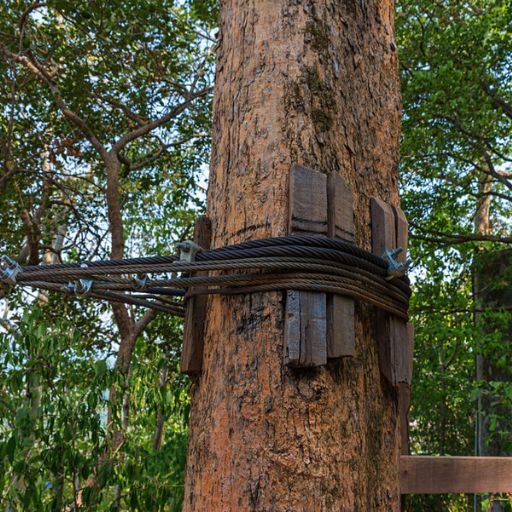After the completion of tree removal or trimming, the fate of the tree debris is often a lesser-known aspect of the process. The journey of what happens to the branches, leaves, and other remnants is a crucial part of sustainable practices in arboriculture.
Understanding the various paths that tree debris can take post-removal can shed light on the industry’s environmental impact and resourcefulness. The options are diverse and impactful, from recycling to mulching, biomass energy production to composting, and even landfill disposal regulations. Each route chosen for tree debris management has implications and benefits, shaping the landscape differently.
Recycling Tree Debris
After tree removal or trimming, recycling tree debris is a sustainable practice that helps reduce waste and benefits the environment. One common method of recycling tree debris is through wood chipping. Wood chipping involves processing branches, twigs, and other woody materials into small wood chips that can be repurposed for various uses.
Using wood chipping as a method of recycling tree debris achieves several sustainable practices. First, the wood chips produced from tree debris can be used as mulch in landscaping and gardening, providing a natural and organic alternative to synthetic materials. This helps in weed suppression, moisture retention, and soil insulation, promoting healthier plant growth while reducing the need for chemical fertilizers.
Furthermore, woodchipping helps in reducing the amount of tree debris that ends up in landfills. Instead of letting the debris decompose in a landfill and releasing methane, a potent greenhouse gas, recycling tree debris through wood chipping ensures that the organic matter is repurposed in an environmentally friendly manner.
Mulching for Landscaping
Mulching is a highly effective landscaping technique that offers numerous benefits for plant health and soil quality. When organic materials such as tree debris are used as mulch, they can play a vital role in soil enrichment. As the mulch breaks down over time, it releases essential nutrients into the soil, promoting healthier plant growth and soil fertility. This process benefits the current vegetation and enhances the soil structure, moisture retention, and microbial activity, creating a more sustainable and thriving ecosystem in the landscaping.
Moreover, mulching serves as a natural weed control method. By creating a barrier that inhibits sunlight from reaching the soil surface, mulch helps suppress weed germination and growth. This reduces the need for chemical herbicides, making the landscaping more environmentally friendly and minimizing potential harm to surrounding plants and wildlife. Additionally, as the mulch decomposes, it can smother existing weeds, further contributing to weed management efforts in the landscaped area.
Biomass Energy Production
Utilizing tree debris generated from tree removal or trimming operations can be a valuable resource for biomass energy production, contributing to sustainable energy practices and reducing waste in landscaping endeavors. Biomass energy production involves converting organic materials like tree branches, leaves, and wood chips into energy through combustion, gasification, or anaerobic digestion. This renewable energy source is considered sustainable as it relies on organic waste that would otherwise be sent to landfills, reducing greenhouse gas emissions and promoting a circular economy approach.
By harnessing biomass energy from tree debris, landscaping companies and municipalities can reduce their reliance on fossil fuels, lower carbon footprints, and mitigate environmental impacts. Sustainable practices in biomass energy production include:
- Selecting appropriate tree species for energy production.
- Managing tree debris through efficient collection and processing methods.
- Ensuring proper maintenance of biomass energy facilities to maximize energy output.
In addition to providing a renewable energy source, biomass energy production can create economic opportunities through job creation in the forestry and energy sectors. It offers a decentralized energy solution that can enhance energy security and resilience in communities. By integrating biomass energy production into landscaping operations, stakeholders can align environmental goals with energy needs, fostering a more sustainable future.

